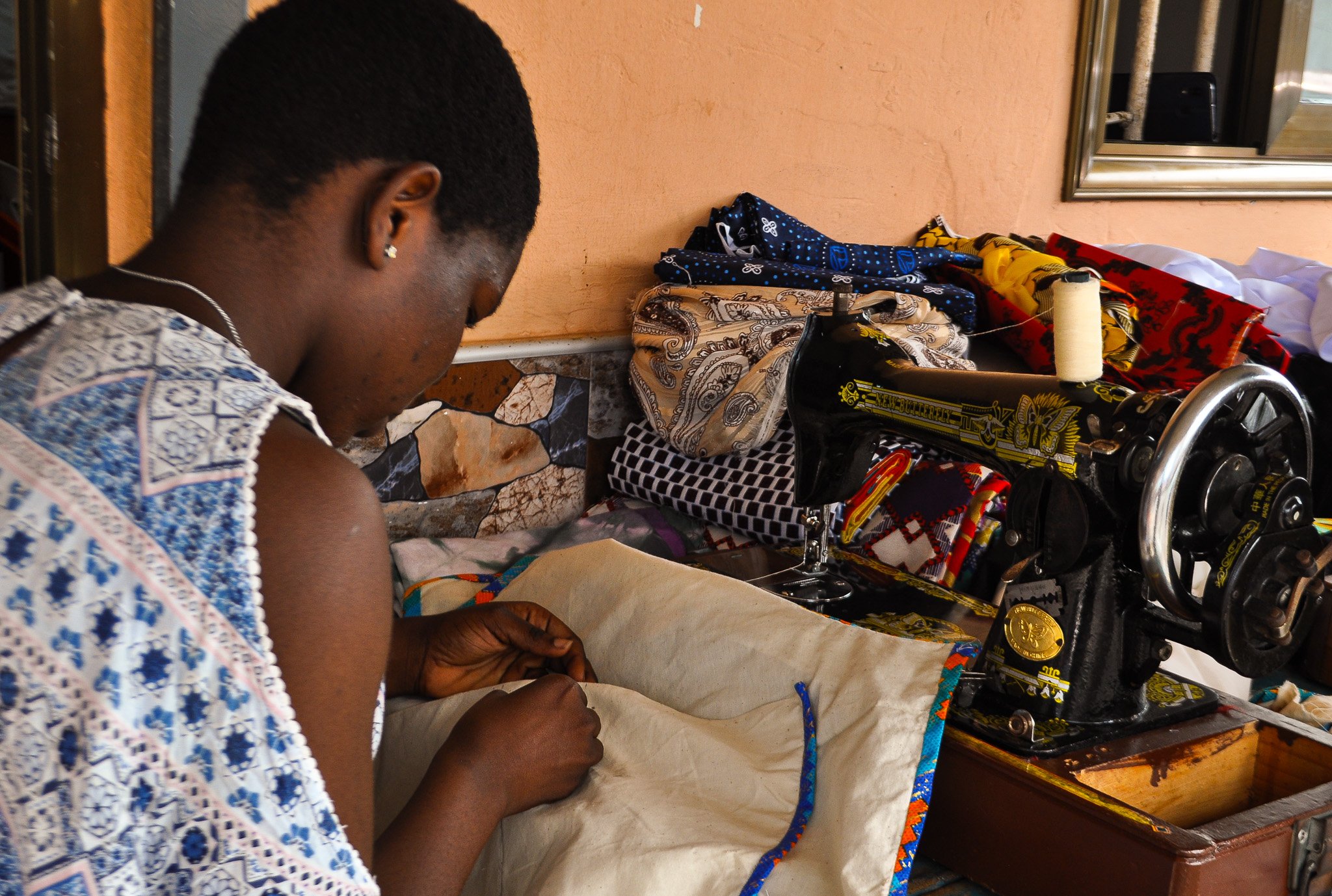
(Un)Constructed.
Ghana's fashion heritage is deeply rooted in traditional textiles and clothing. The iconic Kente cloth, with its complex patterns and vivid colors, originates from the Ashanti and Ewe people of Ghana. This handwoven fabric, crafted on traditional looms, has been used for centuries in ceremonial and everyday wear, symbolizing social status, cultural identity, and historical narratives. Historically found are also Adinkra textiles, traditionally used by the Akan people, made by hand-stamping symbols onto fabric using a natural dye made from the bark of the Badie tree and Batik fabric made through a resist dyeing technique to create colorful tie-dyes and intricate patterns.
During the colonial period, the introduction of Western textiles and fashion trends began to influence local styles. The influx of European fabrics like cotton and silk, along with new tailoring techniques, started to blend with traditional Ghanaian attire. This era marked the beginning of a fusion between indigenous and foreign influences in fashion.
Today, modern reinventions blend age-old techniques with contemporary designs. The urban streets of the city are a living canvas of cultural expression, showcasing a cultural fusion of traditional textiles in modern styles. The bustling world of second-hand clothing markets, resell culture, and upcycled garments reflect a unique aspect of Ghana’s fashion ecosystem, noting the ways in which global trends meet local creativity. Through meticulous documentation of the fashion supply chain and personal stories of artisans, this photo collection offers a profound glimpse into how Ghana’s rich heritage and modern aspirations interweave to shape a vibrant and evolving sartorial landscape.
This series of photographs were captured throughout the city of Accra over a month span.











